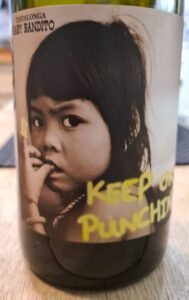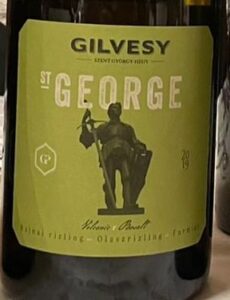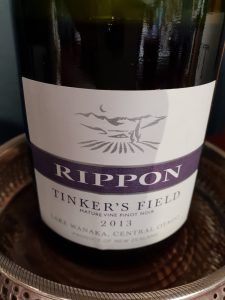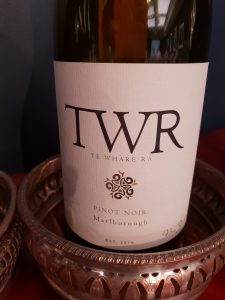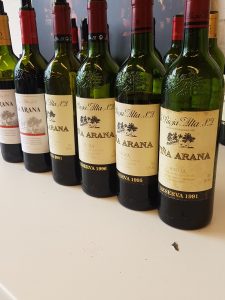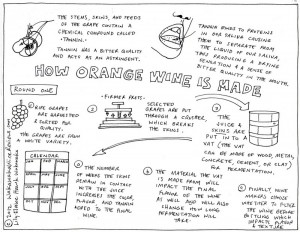Baby Bandito: Keep On Punching
I’m considering the merit of natural wines as both a style and marketing theme or approach to developing a wine business. This wine is an interesting example of natural wine to consider…..
Baby Bandito: Keep On Punching
Chenin Blanc by Testalonga winery, Swartland. 2020
The label and the branding are indeed very engaging, and the winemaker, Craig Hawkins, has built a formidable reputation for making great wines using low intervention, low / no sulphur natural winemaking techniques. This gives the wines a particular character, with skin extraction and colder longer fermentation techniques being used alongside ambient yeasts found in the vineyard. The less steps and processes that are used to make a wine, will perhaps give a truer expression of the grape and where it was grown. It can also lead to some extremes that another winemaker may try to avoid such as an imbalance of acidity or particular primary flavours in the wine appearing to dominate the palate.
Whilst the wine may be interesting to try, it wasn’t a style that I particularly enjoyed. I found the “rawness” of the wine difficult to handle. Perhaps, when we think back to the Romans making wine, this would have been exceptional. In the modern era of winemaking we have become too reliant on chemical intervention either in the vineyard or in the wine itself, particularly in lower cost bulk wines made to suit a particular customer that has no vintage variation or flavours that can be polarising.
So, here’s my tasting note on this wine.
On the eye, pale lemon and slightly cloudy.
On the nose, medium, with aromas of lemon, yellow unripe apple, pear, grape, hint of peach.
On the palate, the wine is dry with a little petillance, high acidity, medium alcohol, body and flavour intensity with flavours matching aromas found on the nose. The finish is medium plus.
This wine is good quality. The balance between the characteristically high acidity of Chenin Blanc and flavour profile of the wine is out of balance. This leaves the drinker experiencing high acidity on the palate which overrides the flavours of the wine. The alcohol has a slender but noticeable burn on the chest despite only being at the low/medium level (11.5% abv). The wine has some complexity, but lacks both intensity and a broader range of flavour clusters to really represent Chenin Blanc well. The wine’s finish could be longer, but it is only on the finish that the acidity and alcohol dies, and one can really enjoy the citrus fruit characteristics of this wine.
I have a range of wines from this Testalonga 2021 vintage to try, and I really hope to learn more about the natural styles he has produced. The front and back labelling is eye catching and engaging. But I know these are classic marketing techniques, hinting at stories and being controversial to engage and provoke an audience. Many independent retailers I know sell out of these wines very quickly. But are the wines as good as the branding? The price of these wines are not prohibitive and his stance and approach to winemaking is honest, clear, and determined. My mind is not made up, follow the story on my Instagram feed!

